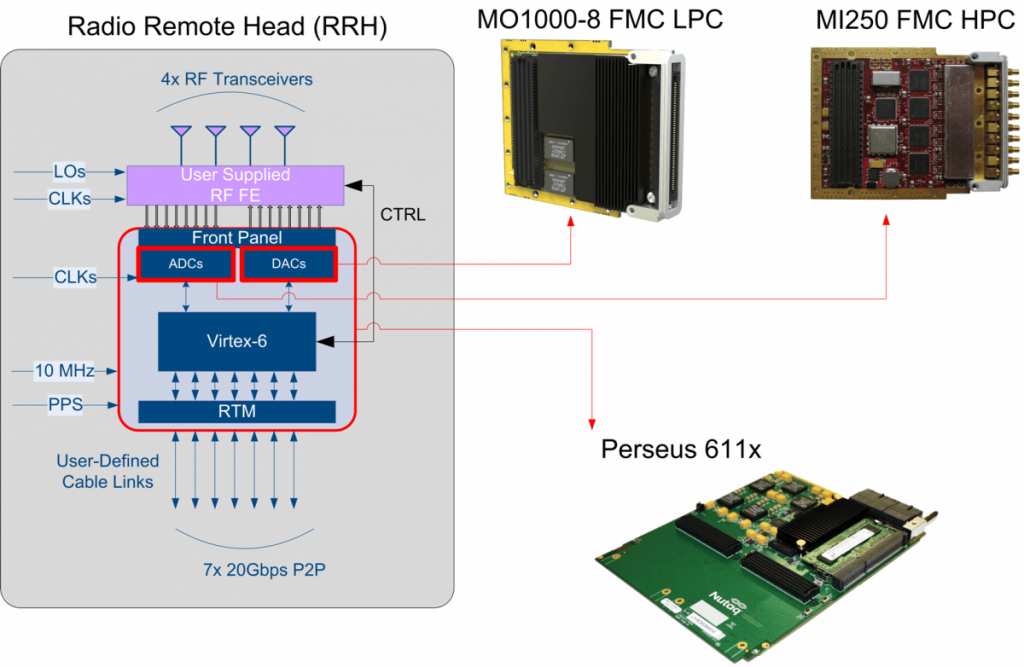Key Features:
|
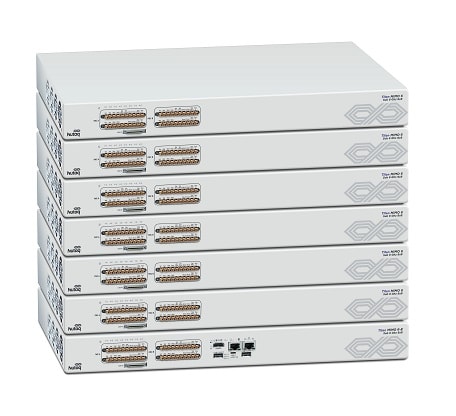 |
Overview
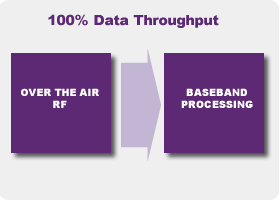 |
Unrestricted data throughput channel aggregation, required for Massive MIMO baseband processing. Avoid standard backplane bandwidth restriction and undeterministic communication protocol. | |
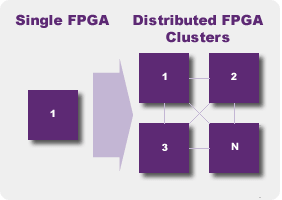 |
Scalable baseband processing through a modular approach and user-defined mesh topology. Benefits from the most advanced industry telecom standards (MTCA + ATCA + FMC). | |
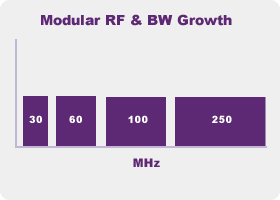 |
Through the use of standard FMC radio head modules, the testbed is fully upgradable to next generation radio modules including wider bandwidth and tuning range. Radio modules can be replaced with IQ sampler (ADC/DAC) modules to support OTA real-time baseband bandwidth of up to 250 MHz (see TitanMIMO-X Series). |
Powerful: Process in real-time up to 250 MHz bandwidth with up to 1000 antennas
Remote Radio Head (RRH)
The RRH includes Nutaq’s second generation radio FMC modules, the Radio640x. The core technology of these radios is the AD9361 agile RF transceiver ICs, which provide the synchronization capabilities to implement large antenna system arrays that are accurately phased aligned (common LOs).
The RRHs are based on radio carriers (Nutaq’s Perseus 611x) that support 8x RF transceivers while providing a large FPGA for pre/post-processing and 7x user-defined 20 Gbps P2P cable interfaces for channel aggregation or mesh-processing between multiple RRHs, or to a Nutaq’s Octal Virtex-6 Baseband Core module (Kermode XV6).
This powerful baseband processor unit (Kermode XV6) offers tremendous FPGA processing capabilities (8x Virtex-6) and up to 32x user-defined 20 Gbps P2P cable interfaces for channel aggregation and mesh processing by stacking cards together to scale processing or channel count to very large numbers.
 uSync Clock Module |
Precise timing synchronization and phase alignmentRadio Remote Heads (RRH)Each Nutaq RRH includes two Radio640 FMC double-stack modules, each providing four TRX, thus a total of eight TRX per RRH. Each Radio640 has onboad CLK & LO(s) but also can accept an external CLK/REF input as well as one or two external LO(s) input used for TDD or FDD topologies respectively. In order to synchronise all radios, Nutaq provides uSync CLKs & LOs 19″ rackmount modules to accomplish these tasks. The uSync systems are specifically designed to ensure phase coherency between all CLKs as well as all LOs, and are stackable to scale for clocking very large systems. |
 uSync LO Module |
A Common Time BaseOn top of synchronising radio heads for beamforming applications, the uSync CLK module allows CLK disciplining to an external reference or embedded GPS. The user selected reference can then be distributed on all RRH and Octal V6 Baseband Processor Cores to ensure precise time-based communication between all FPGAs within the system, through the use of VITA49 communication protocols.Through the uTCA/ATCA backplane, the PPS and 10 MHz time signals are distributed to ensure a deterministic communication system. |
The first complete scalable and flexible Massive MIMO Reference Design
As part of the 5G Massive MIMO Testbed, a reference design is provided which enables developers to rapidly implement Massive MIMO applications without dealing with TRX calibration, data communications issues, data synchronization and using the right sets of APIs etc.
The provided reference design supports the data transfer, aggregation and control of all radio channels, automatic calibration, from the radio nodes (RF Modules) through to the central baseband processing engine, and back to the radio nodes.
The Nutaq Massive MIMO Reference Design includes:
- MU-MIMO detection and pre-coding
- Low channel estimation to pre-coding matrix turnaround time
- Scalable timing synchronization for distributed MIMO
- Reciprocity calibration
- 5G air interfaces
- Standard RRU interfaces
Interface with external millimeter wave front-end
5G Massive MIMO Testbed Elements (TitanMIMO-X Elements)
RRH-4TRX (Radio Remote Head): 4 TRX capable, 250 MHz OTA BW
RRH includes Nutaq’s multichannel high speed conversion FMC module (MO1000-8 and MI250).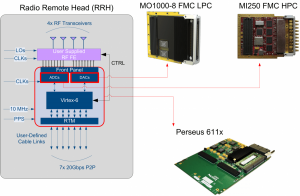
The MI250 module provides 8x 250 MSPS, 14-bit ADCs while the MO1000-8 provides 8x 250 MSPS DACs, 16-bit with embedded NCO and interpolators for up to 1 GHz update rate.
Each module supports onboard and external clocking modes, allowing a common phased-aligned clock source provided to each RRHs to perfectly match and align the sample clocks.
Additionally, the RRHs are based on a dual FMC HPC carrier (Nutaq’s Perseus 611X) to support both the MI250 and MO1000-8 modules while providing a large FPGA for pre/post-processing and 7x user-defined 20 Gbps P2P cable interfaces for channel aggregation or mesh-processing between multiple RRH or to Nutaq’s octal Virtex-6 baseband core module (Kermode XV6).
This powerful baseband processor unit offers tremendous FPGA processing capabilities (8x Virtex-6) and up to 32x user-defined 20 Gbps P2P cable interfaces for channel aggregation and mesh processing by stacking cards together to scale the processing or channel count to very large numbers.
Finally, user defined digital control lines are also available to facilitate user-provided RF front-end interface that may be coupled to the available baseband samplers (8x ADCs, 8x DACs). Considering baseband IQ complex components topology would be used, a maximum of 4x RF transceivers may be used per RRH for a 250 MHz BW (I:250MSPS + Q:250MSPS = 500 MSPS effective real component sample rate).
RRH-8TRX (Radio Remote Head): 8 TRX capable, 125 MHz OTA BW
RRH includes Nutaq’s multichannel high speed conversion FMC module (MO1000-16 and MI125-16).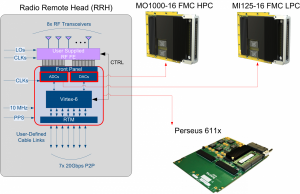
The MI125-16 module provides 16x 125 MSPS, 14-bit ADCs while the MO1000-16 provides 16x 250 MSPS DACs, 16-bit with embedded NCO and interpolators for up to 1 GHz update rate.
Each module supports onboard and external clocking mode, allowing a common phased-aligned clock source provided to each RRHs to perfectly match and align the sample clocks.
Additionally, the RRHs are based on a dual FMC HPC carrier (Nutaq’s Perseus 611X) to support both the MI125-16 and MO1000-16 modules while providing a large FPGA for pre/post-processing and 7x user-defined 20 Gbps P2P cable interfaces for channel aggregation or mesh-processing between multiple RRH or to Nutaq’s octal Virtex-6 baseband core module (Kermode XV6).
This powerful baseband processor unit offers tremendous FPGA processing capabilities (8x Virtex-6) and up to 32x user-defined 20 Gbps P2P cable interfaces for channel aggregation and mesh processing by stacking cards together to scale processing or channel count to very large numbers.
Finally, user defined digital control lines are also available to facilitate user-provided RF front-end interface that may be coupled to the available baseband samplers (16x ADCs, 16x DACs). Considering baseband IQ complex components topology would be used, a maximum of 8x RF transceivers may be used per RRH for a 125 MHz BW (I:125MSPS + Q:125MSPS = 250 MSPS effective real component sample rate).
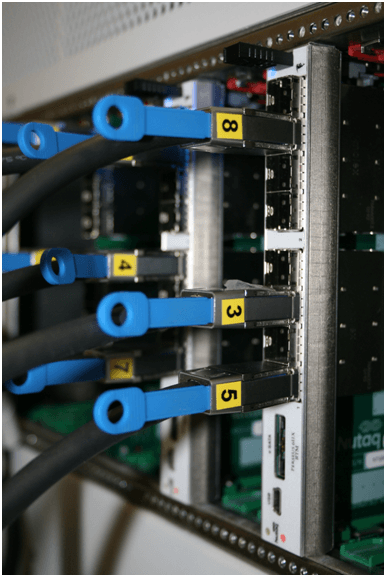 |
Switch between remote and co-located radioheadsNutaq’s RRHs and Octal V6 Baseband Core modules are interconnected using cabled link technology that supports multiple communication topologies and which are user-defined, adaptable and scalable to multiple baseband processing schemes. This provides the TitanMIMO testbed with almost infinite flexibility and reduces the risk associated with fixed solution that can’t be adapted and can’t scale. These 20 Gbps full-duplex link per cable are offered over Mini-SAS physical interfaces. Nutaq selected these interfaces due to their small form factor, high speed rate available, and low cost compared to existing SFP-type interfaces. Each of the Mini-SAS connection are directly interfaced to 4x Virtex-6 FPGA’s full-duplex high speed MGT (Multi-Gigabit Transceiver) interface. These physical interfaces can support multiple protocol layers. Provided with the TitanMIMO development software are high-speed and low-latency Aurora-4x protocol (20 Gbps) full duplex interfaces. Users may employ these physical interface to support other telecom standard such as the CPRI protocol to validate scenarios which are similar to final deployment scenarios. These Mini-SAS cable link can be offered in either copper or optical versions, enabling the RRH to be at a distance from the baseband processing if needed. To illustrate the enormous throughput capacity and flexibility of the TitanMIMO-6 series, for each RRH (consisting of 8x TRXs) only one of the seven available 20 Gbps links is required to support the entire data rate of the all eight TRXs in sustained real-time operation. This assumes no decimation/upconversion within the RRH’s FPGA, i.e. in bypass-mode. The remaining 6x links are therefore available for other interconnection topologies. |
Prototype 5G waveforms and validate propagation in real environment
Implementing new waveforms with MBDK tools allows you to:
- Save up to 70% of your waveform development time
- Focus on your key expertise – algorithm exploration
- Use tools you’re already familiar with: Matlab-Simulink & GNU Radio
- Not start from scratch! QAM-64 MIMO-OFDM implementation in both Simulink and FPGA with source code provided
 |
 |
Record & Playback
Record & Playback Operating Modes
|
Single Shot |
Normal |
Continuous |
| Record: Fill up memory from RF, stop, then download data to PC | Record: Fill up memory, stop, download data to PC, then re-arm trigger | |
| Playback: Upload file, playback from memory to RF. | Playback: Upload file, playback from memory to RF. | Playback: Upload file, playback memory in a continuous loop |
Record & Playback Trigger Modes
| External | FPGA based | Time-based software |
|---|---|---|
| An external trigger for each 4×4 MIMO subsystem is available. | The trigger signal can be defined by user logic within the FPGA of each 4×4 MIMO subsystem. | The trigger signal can be sent from the central processor unit using time based events. |
Each RRH (8 TRXs) is equipped with a 4 GB SDRAM FPGA memory, which allows for recording of the full signal bandwidth, as shown in the example below:
- Eight RF channels sampled at 245.76 MSPS
- Each sample has 2 Bytes
- Therefore 3932.16 MBps of throughput are needed to record all 8 TRX at full speed to the SDRAM (8 x 245.76 MSPS x 2 Byte/Sample = 3932.16 MBps)
- Maximum SDRAM throughput: 5700 MBps
Thus, the record/playback FPGA module provided within each RRH enables record or playback for all channels of the entire Massive Mimo testbed. A maximum of 250 Mega-Samples per channel can be recorded to the SDRAM (4 GB divided by 8 channels divided by 2 Bytes per channel). This translates to a total recording of 1 second (or a continuous playback) for all channels of the testbed at full rate (245.76 MSPS). Additionally, synchronous record (or playback) of all channels can be performed though the time based control of each RRH (see synchronization section above).
Record: Fill up memory from RF, stop, then download data to PC.Record: Fill up memory, stop, download data to PC, then re-arm trigger.
Record: Fill up memory from RF, stop, then download data to PC Playback: Upload file, playback from memory to RF.
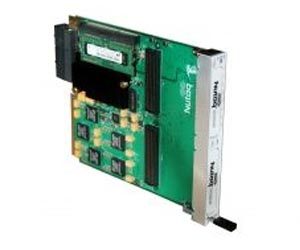 |
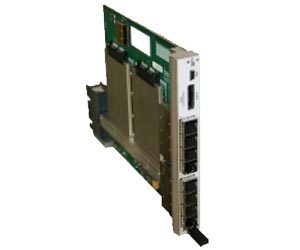 |
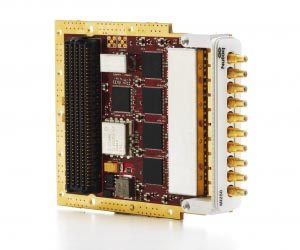 |
 |
|||
| Perseus 611-X | RTM-611X | MI250 | MO1000 |

